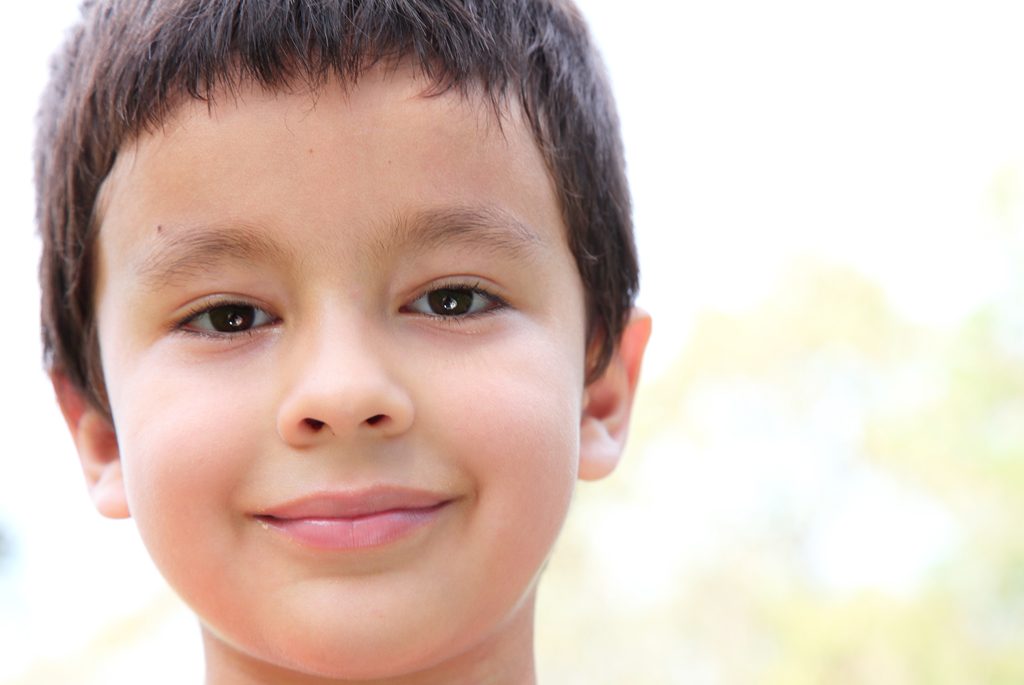Amblyopia, or commonly known as “lazy eye” refers to a decrease in the child’s vision that can happen even when there is no problem with the structure of the eye but something has interfered with normal cortical visual development. This can affect one or both eyes.

The decrease in vision results when one or both eyes send a blurry image to the brain during the critical period of development. This interferes with the normal development of the part of the brain responsible for vision. The brain then “learns” to only see blurry images with that “bad” eye. If it is not treated, it can cause permanent loss of vision.
Approximately three to five per cent of children are affected by amblyopia. The different types of amblyopia as differentiated by their causes are:
- Strabismic amblyopia develops when the eyes are not straight. One eye may turn in, out, up or down. When this happens, the corresponding part of the brain “switches off” the eye that is not straight and the vision subsequently drops in that eye.
- Deprivation amblyopia develops when media opacities (e.g cataracts , vitreous haemorrhage, droopy eyelids) “deprive” young children’s eyes of visual experience. This can affect one or both eyes. If not treated very early, these children can have very poor vision.
- Refractive amblyopia happens when The Lazy Eye there is a large or unequal amount of refractive error (glasses strength/degree) in a child’s eyes. Usually the brain will “switch off” the eye that has more refractive error. Very often this type of amblyopia in children may not be found until the child has a vision test because the eyes look normal and the child can function quite well with the good eye
The overwhelming majority of children with unilateral amblyopia do not complain of decreased acuity because they do not notice it unless one eye is occluded. Occasionally, patients will complain that one eye is blurry, or younger children may report discomfort in the affected eye. Poor depth perception or clumsiness may be noted.
Treatment of amblyopia involves correcting the cause and getting the child to use and stimulate the “lazy eye” as much as possible. When there is refractive error, it must be corrected with consistent use of glasses or other optical means. Other mainstays of amblyopia treatment are to enable as clear an image as possible (for example, by removing a cataract), and straightening the eyes with eye muscle surgery in cases of strabismic amblyopia. More importantly the child must be made to use the nondominant/ lazy eye (via patching or eyedrops to blur the better-seeing eye).
Early recognition and treatment of the problem can help to prevent permanent visual loss. Children who get treated before the age of five will usually recover almost completely normal vision, although they may continue to have problems with depth perception. Delaying treatment can result in permanent vision problems; if a child is treated after age 10, he or she may experience only partial recovery of vision. The later the treatment, the worse the recovery.
Eye screening is strongly recommended over the course of childhood to detect amblyopia early enough to allow successful treatment. Paediatricians check newborns for red reflex to look out for congenital cataracts. Infants are checked for the ability to fix and follow and whether they have strabismus. Parents are advised to send all children for a complete eye examination at least once between the ages of three and five. If the child is too young to speak, special techniques are needed to measure visual acuity. Refraction (checking eye power) can also be done at any age using different techniques.







